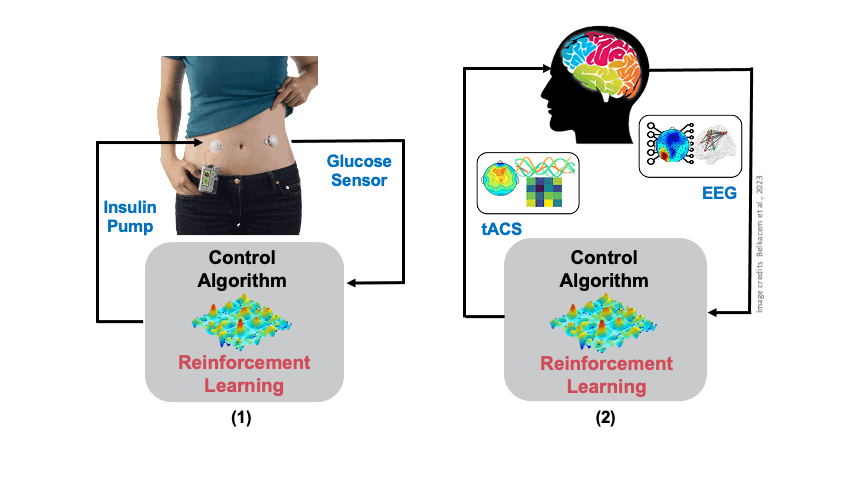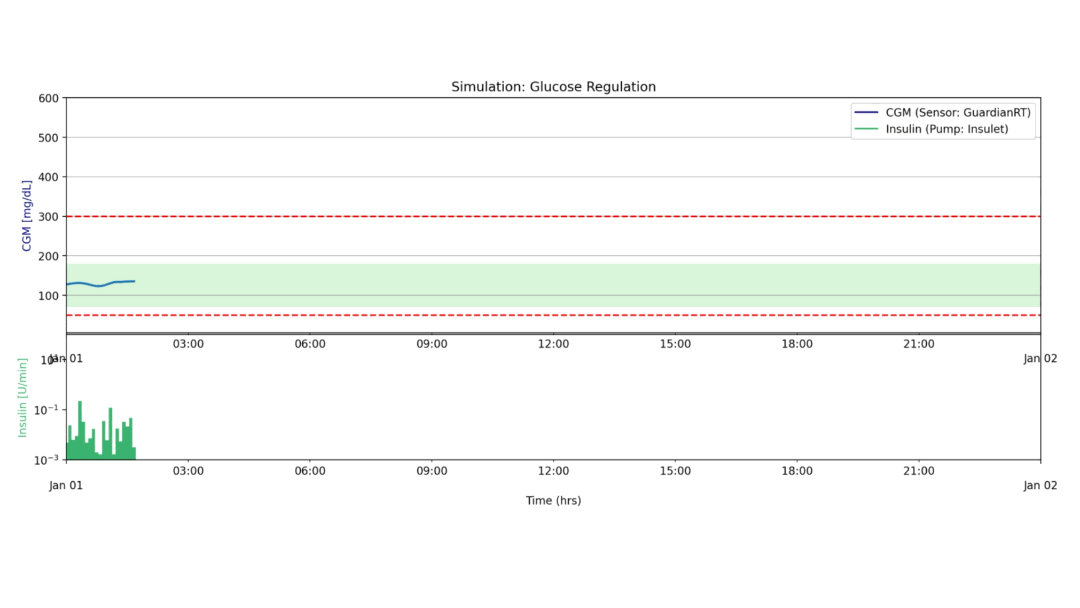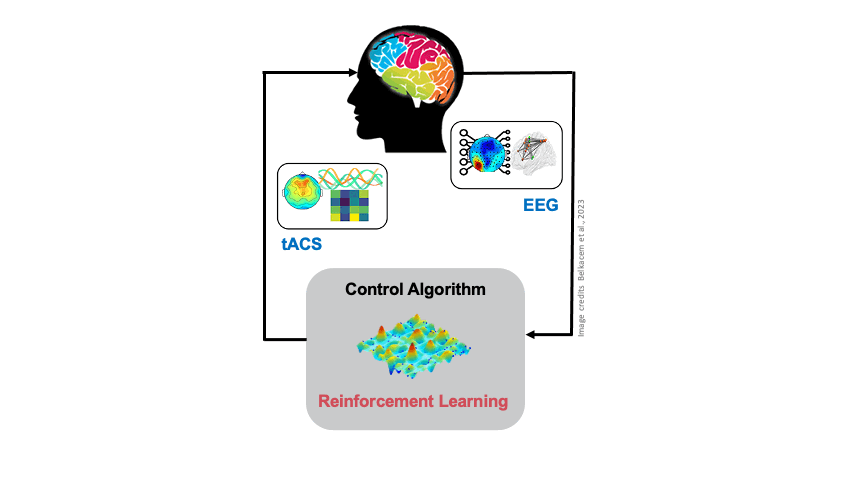Hi! I’m Chirath.
I enjoy solving research/engineering problems and learning new things along the way.
Interests: 





During my PhD, I designed a Reinforcement Learning (RL)-based Artificial Pancreas System to gluocse regulation in Type 1 Diabetes. Currently, in my post-doc, I’m working on RL-based brain stimulation treatment for depression. Previously, I worked as a Machine Learning Engineer in FinTech, where I deployed machine learning solutions for enterprise applications.

I’m interested in exploring Machine Learning and Reinforcement Learning algorithms for decision-making in medical applications, with a focus on developing closed-loop clinical treatment solutions.
This is often challenging due to the complex dynamics, partial observability, high inter- and intra-population variability, safety & practical learning constraints, and the presence of unknown delays and disturbances. These complexities call for the development of real-world algorithms capable of handling safety and explainability requirements, which are vital in medical applications.
Current research directions:
- Reinforcement Learning (RL)-based Artificial Pancreas Systems (APS) to Automate Treatment in Type 1 Diabetes.
- Developing Algorithms for a New Therapeutic for Depression Using Closed-Loop Non-invasive Brain Stimulation.

1.Reinforcement Learning (RL)-based Artificial Pancreas Systems (APS) to Automate Treatment in Type 1 Diabetes.
Type 1 Diabetes (T1D) requires the administration of insulin externally to maintain glucose levels, which is cruicial as both low and high glucose levels are detrimental. This is usually done through an insulin pump attached to the body. An continuous glucose sensor is also attached to measure the glucose levels so that a control algorithm can estimate the appropriate insulin dose. I design RL algorithms for this control problem. The figure above (left) represents the main components of an Artificial Pancreas System (APS) to treat T1D.
Maintaining glucose levels is a life-long optimisation problem, complicated due to the disturbances associated with daily events (meals, exercise, stress.. etc), delays present in glucose sensing and insulin action, partial observability, and safety constraints among others. Below you can see a simulated glucose control strategy of a RL algorithm.

You can read more about this project here, developed algorithm G2P2C, simulator GluCoEnv, and a demonstration tool CAPSML.
2.Developing Algorithms for a New Therapeutic for Depression Using Closed-Loop Non-invasive Brain Stimulation.

Previously, I completed my PhD (Computer Science) at ANU and I was part of the Big Data program of the “Our Health In Our Hands (OHIOH)” ANU Grand Challenge initiative. I completed my BSc (Hons) in Electronics & Telecommunication Engineering and MSc (Research) in Computer Science & Engineering from the University of Moratuwa, Sri Lanka and also a CIMA passed finalist. I have worked as a Machine Learning Engineer in the FinTech industry, developing algorithms for identifying outliers in corporate financial transactions, forecasting, name screening and risk prediction applications. During the final year of my undergraduate studies, I pursued my entrepreneurial aspirations by co-founding a healthcare startup where we designed Clardia which achieved multiple awards and publications.

